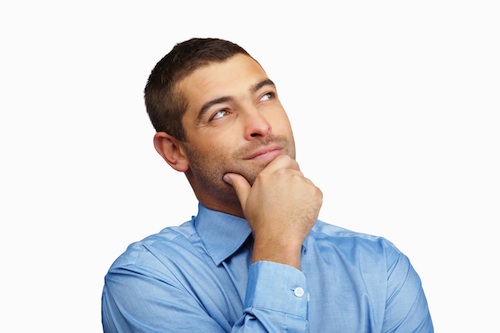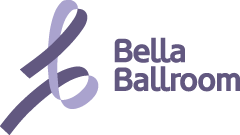Dancing For the Brain
When I think about how dancing relates to the human body, I think of its effects on a dancer’s strength, flexibility, stamina and physical physique. I rarely think about the affects that dancing has on the brain. Studies have shown that there is a strong connection between dancing and cognitive function.
 Proprioception and Kinesthesia
Proprioception and Kinesthesia
The ability to understand our position in space is known as proprioception. Kinesthesia is the sense of our legs and arms in motion in that space. This physical awareness is a sense that dancers can develop to include props and clothing. Dancers who work in dance companies develop the ability to calculate where the other dancers are in relation to them. Professional dancers develop their proprioception and kinesthesia to be able to perform with confident body awareness in front of people.
Cognitive Acuity and More
Research has shown that dancing is associated with stress reduction and increased serotonin levels. There’s also growing evidence that dancing stimulates the mind in a way that wards off Alzheimer’s disease and other dementia. Dancing increases the cognitive acuity at all ages. A study reported in the New England Journal of Medicine reported that dancing frequently provides 76% reduced risk of demntia while other physical activities provide much less. Reading provides 35% reduced risk of dementia, doing crossword puzzles at least four days a week provides 47% reduced risk, while biking, swimming and playing golf were found not to reduce the risk of dementia at all.
Brain Benefits for the Lead versus the Follow
In social dancing, it is believed that the follow gains a better benefit for the brain by making hundreds of split-second decisions as what to next, sometimes even unconsciously. Followers have to interpret the signals their partners are leading them to do and this is why intelligence and decision making is required. This benefits the brain. Leads can also match the follows degree of decision making if they choose to by paying attention to their partner and what works best for her. Observing what signals work best for the follow, and where the momentum is going can aide to creating more rapid-fire decision making on the spot. The lead can also challenge his brain by not doing the same dance patterns over and over. The more decisions made more frequently will exercise the lead’s brain more.
Brain Activity
A study composed by neuroscientist Dr. Daniel Glaser and colleagues from University College in London found that there is a difference in the visual areas of brain activity between trained dancers and non-trained dancers. The biggest differences were found in the pre-motor cortex and the visual-motor cortex, the areas of the brain related to movement. These areas of the brain show more activity when a dancer sees movements that they have been trained to perform versus watching movements that they have not been trained to do. The movement part of the brain seems to resonate with the moves that are already known and recognized by a dancer. People in the study who were not dancers and watched dancing showed no difference in their brain activity regardless of which style of dance they watched. The study suggested that dancers combine what they see with their own personal motor repertoire and their brain scans show up differently as a result. This also suggests that even when someone is sedentary watching other people move can still activate the pre-motor cortex and the visual-motor cortex.
We hope you enjoyed some ideas on dancing for the brain!
Article by Ziva

